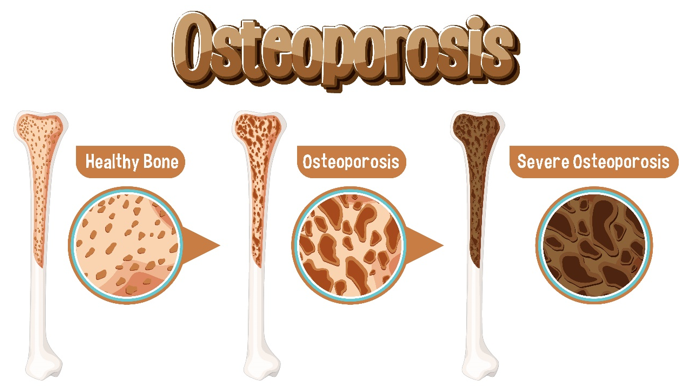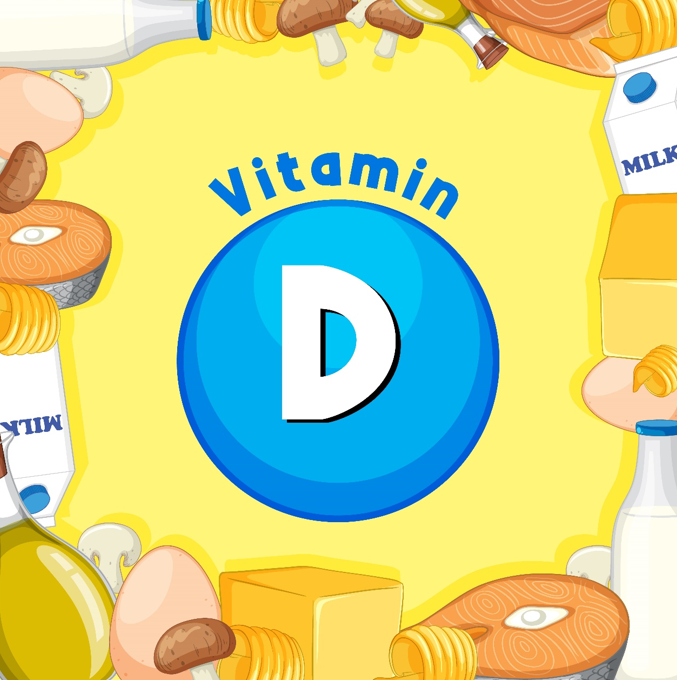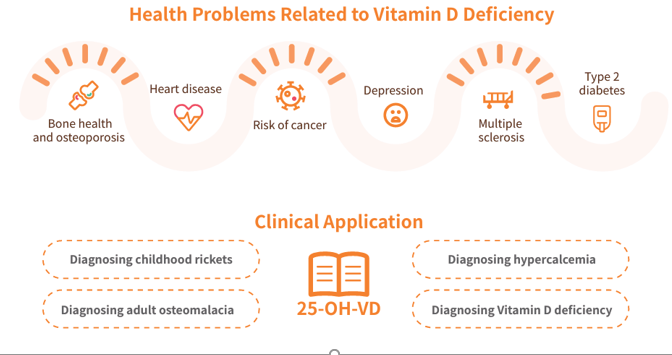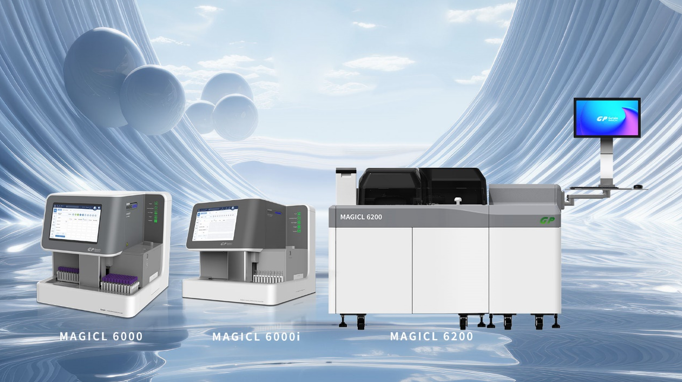November 2025
Bone Metabolism Solution
Osteocalcin: The "Bone Protein" That Matters for Your Health
Osteocalcin is a small, vitamin K-dependent protein produced by osteoblasts — the cells responsible for building new bone. It’s one of the most abundant proteins in bone tissue, playing a key role in bone mineralization by binding to calcium and helping form the hard, structural part of bones. Osteocalcin is closely tied to osteoporosis, as it reflects the activity of bone-forming cells (osteoblasts) and overall bone formation. In people with osteoporosis, osteocalcin levels are typically lower than normal — this signals that the body’s ability to build new bone is impaired, failing to keep up with bone loss.

Beyond strengthening bones, osteocalcin has surprising whole-body effects. It acts as a hormone, regulating blood sugar levels by improving insulin sensitivity and boosting energy metabolism. It also supports muscle function and may even have links to cognitive health and mood.
Clinically, osteocalcin is a valuable bone turnover marker. Higher levels often indicate increased bone formation (a good sign for bone health), while abnormal levels can signal conditions like osteoporosis or bone disorders. Simple blood tests can measure it, making it a practical tool for monitoring bone health.

Vitamin D is an essential fat-soluble Vitamin for humans and an important regulatory factor in the body. It can be stored in adipose tissue and participates in blood circulation. Vitamin D is widely recognized to have multiple effects on the human body, not only involving calcium and phosphorus metabolism but also influencing muscles, cardiovascular health, metabolism, immunity, tumorigenesis, pregnancy, fetal development and so on. Recent studies have found that Vitamin D plays a significant role in diseases such as hypertension, cardiovascular diseases, diabetes, and tumors.
Why Vitamin D Matters?
Vitamin D deficiency can lead to various diseases. In children, it primarily manifests as rickets, while in adults it may cause osteoporosis or osteomalacia, depending on the severity of deficiency, and is also a common cause of secondary hyperparathyroidism. Particularly in elderly individuals, 25-hydroxyvitamin D levels showed significant correlation with decreased bone mineral density. Beyond skeletal disorders, research has identified potential associations between Vitamin D deficiency and multiple other conditions, including certain malignancies (such as colorectal and breast cancer), cardiovascular diseases (hypertension, atherosclerosis), metabolic disorders (type 2 diabetes), chronic kidney disease, and autoimmune diseases (multiple sclerosis, rheumatoid arthritis.
How To Get Vitamin D?
The human body obtains Vitamin D through two primary pathways: sunlight exposure and dietary intake. When skin is exposed to ultraviolet B radiation in the sunlight, 7-dehydrocholesterol in the epidermis is converted to Vitamin D₃ (cholecalciferol), which serves as the major source of Vitamin D for humans. The synthesis efficiency is influenced by factors such as geographic location, season, skin pigmentation, and sunscreen use. Dietary sources include animal-based foods (such as fatty fish, like salmon and sardines, egg yolks, animal liver, and cod liver oil), fortified foods (like milk and cereals enriched with Vitamin D), and UV-exposed mushrooms (which provide Vitamin D₂). It's noteworthy that Vitamin D₃ has superior bioavailability compared to Vitamin D₂.

Getein’s Solution for Bone Metabolism Markers Testing
For FIA Platform:
25-OH-VD and Osteocalcin are available on all FIA platform.
For Vitamin D Testing:
Advanced Principle ⸺8 min Sandwich Assay
Compared with the traditional detection methodology, Getein advanced sandwich assay brings the following advantages:

For CLIA Platform:
25-OH-VD and Osteocalcin are available on all CLIA platform.


Open WeChat and Scan the QR Code. Stay Tuned with Us.